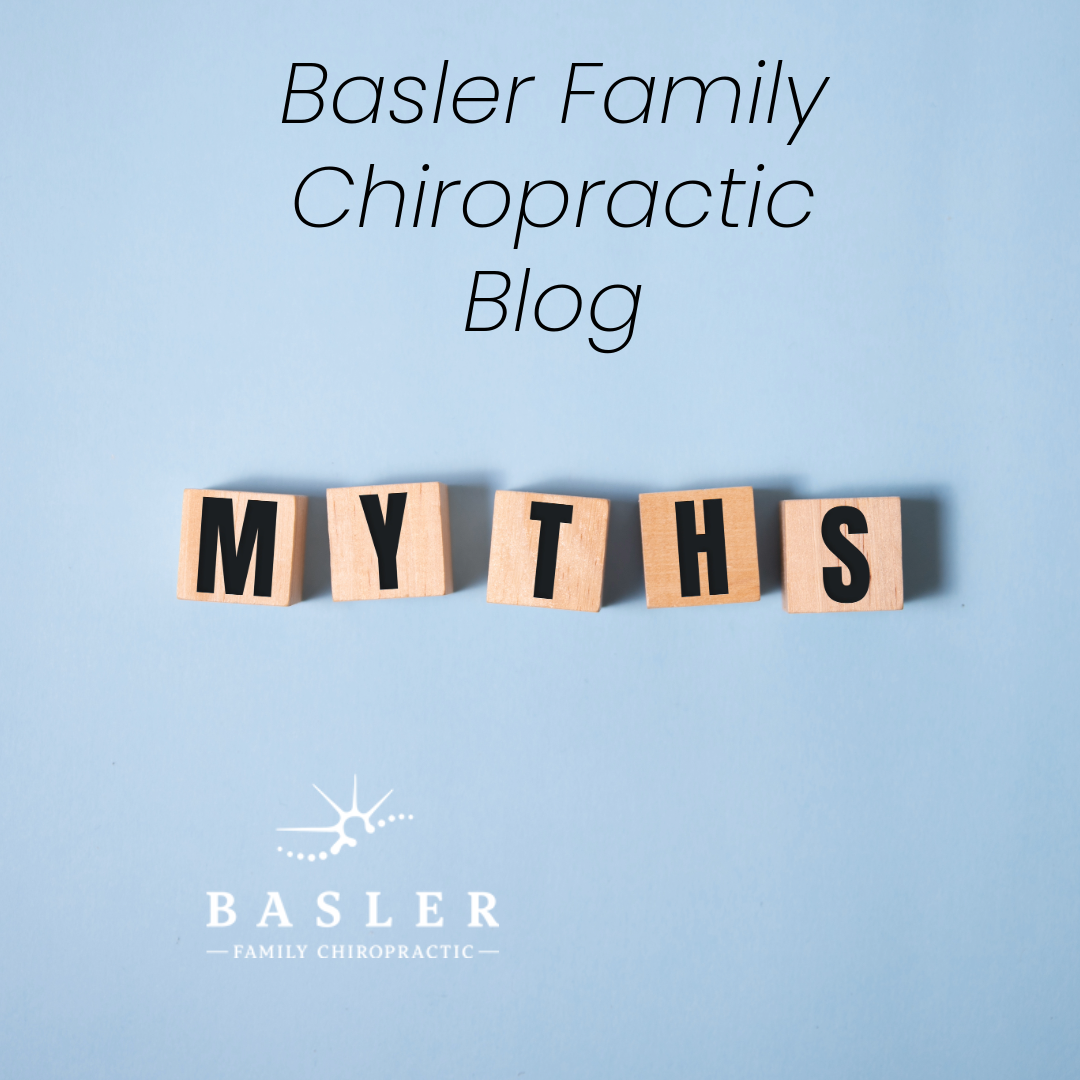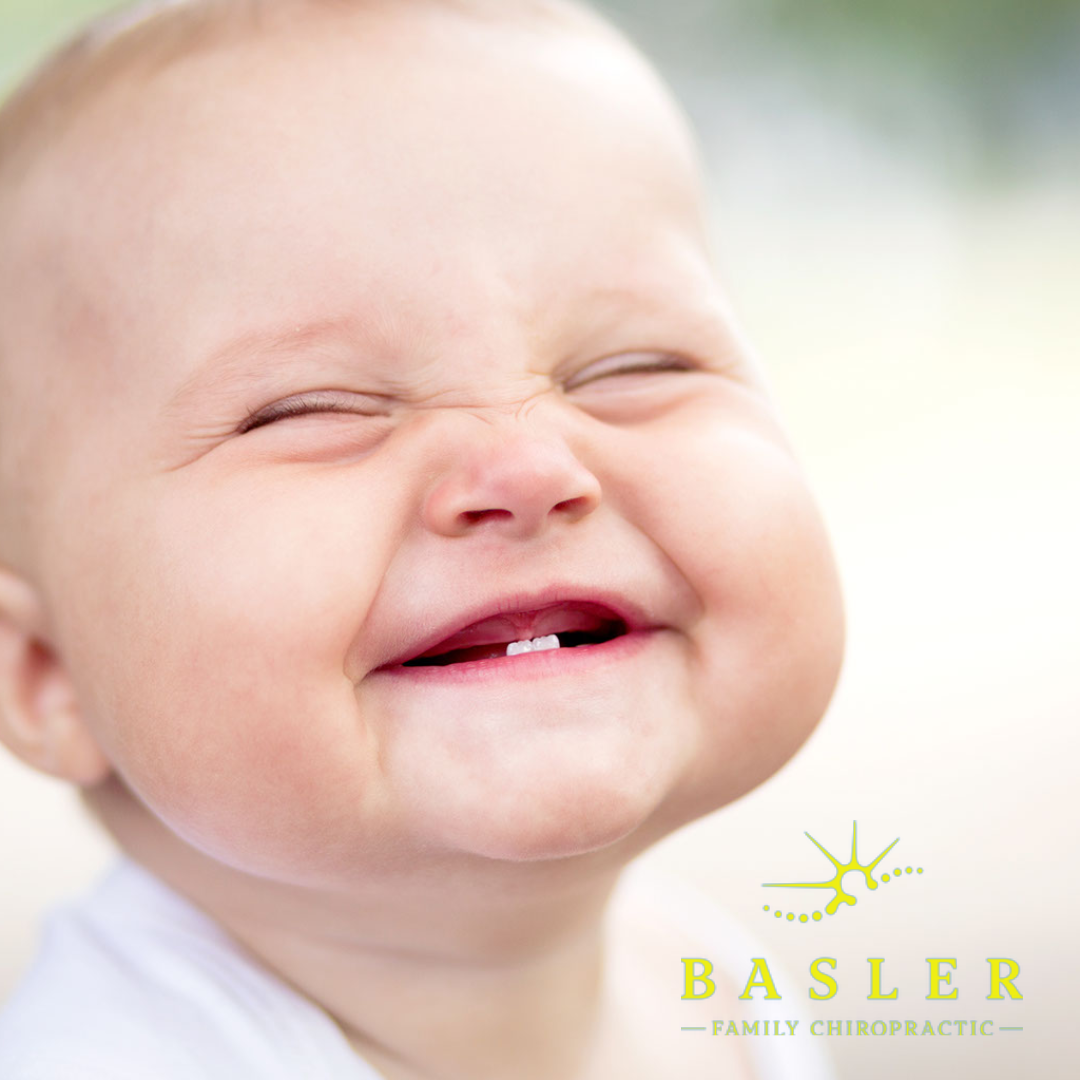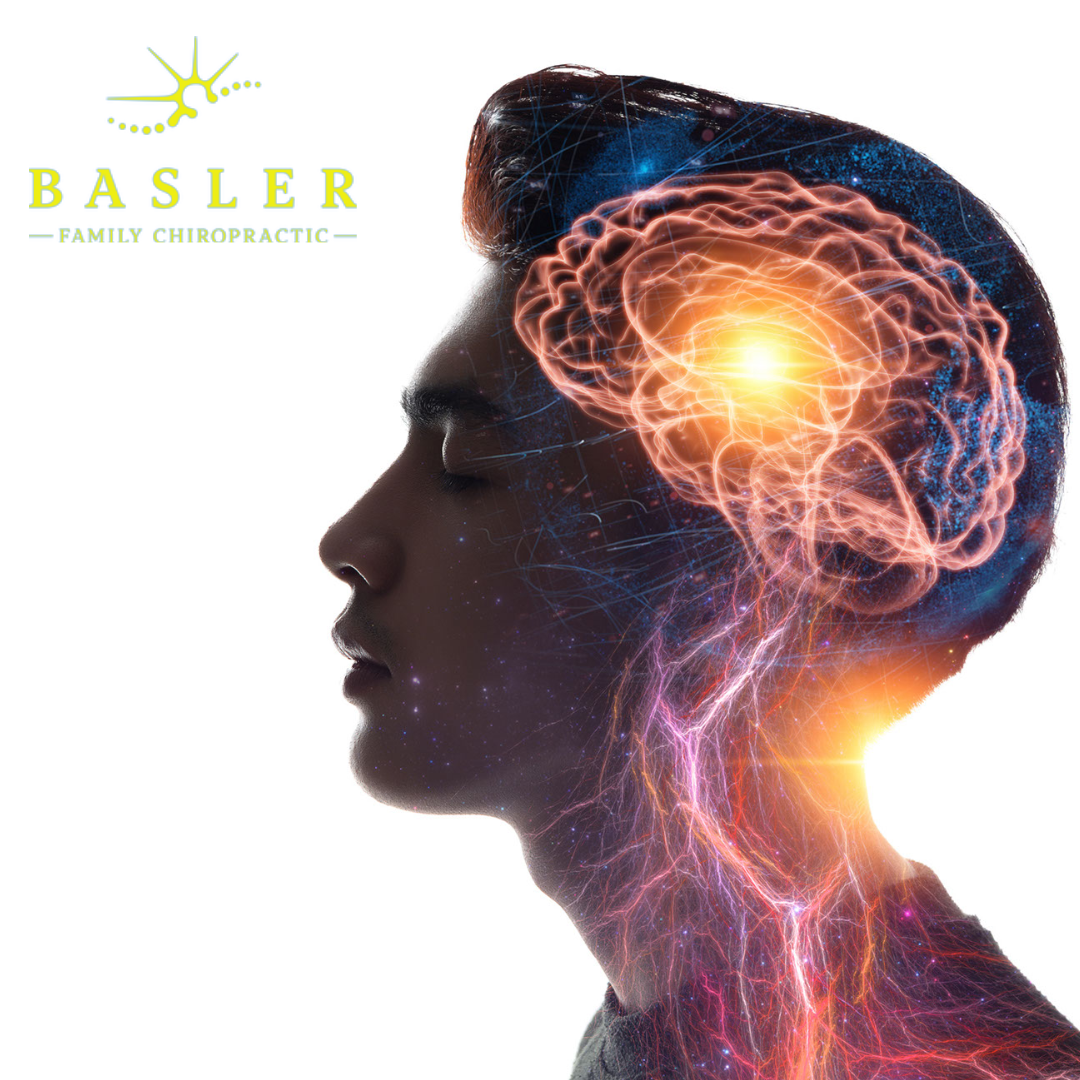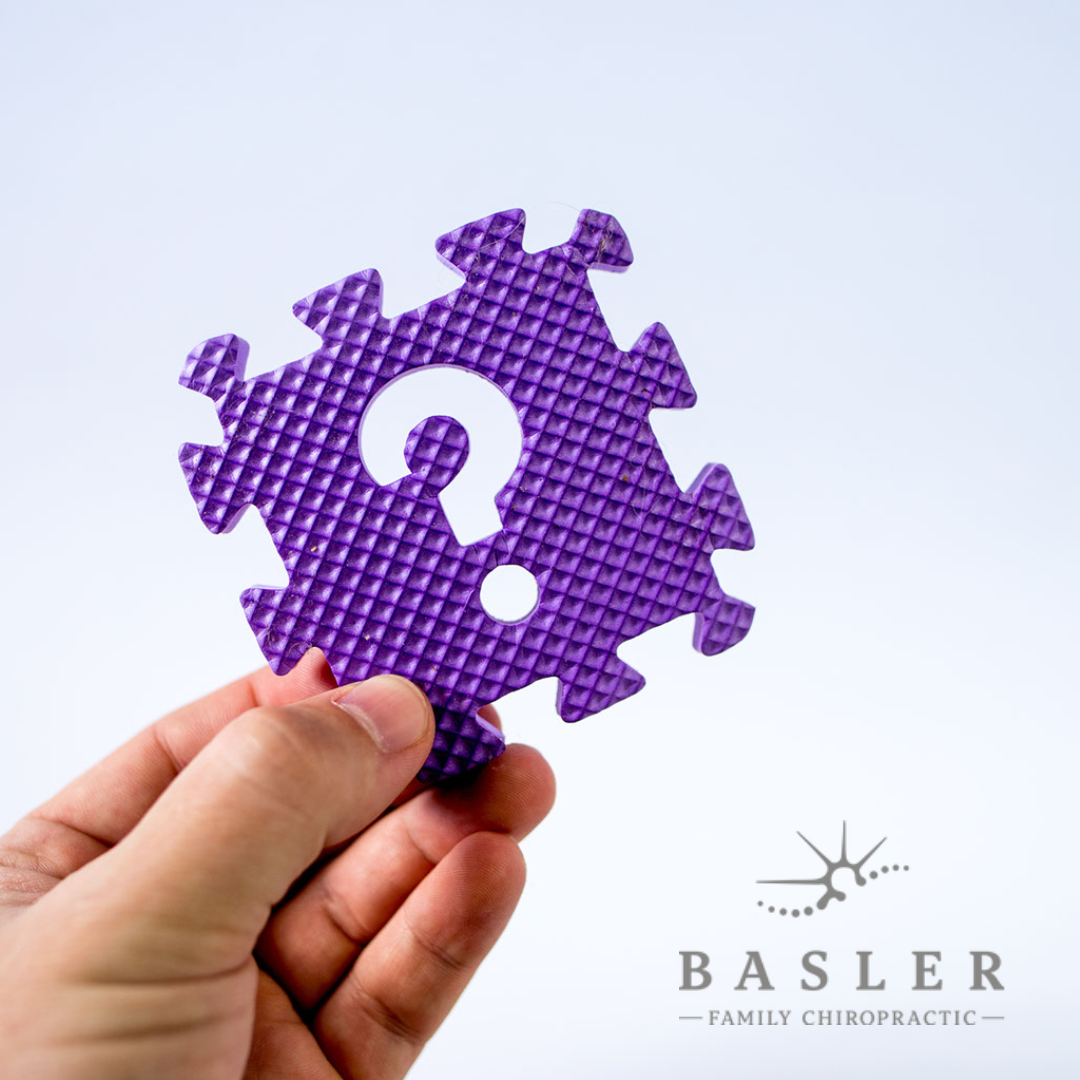When you first see your chiropractor, you may be among the many people who ask, ‘how often do I need to come?’ Often the answer people want to hear is ‘once’ but chiropractic care, like most things that are really good for us, rarely makes a long term difference to your health and wellness after just one visit.
One reason a single visit to your chiropractor may not make a long-term change is that it usually takes years for the problem to develop that motivates someone to first see a chiropractor and it can take many visits to the chiropractor to correct that problem.
Seeing your chiropractor can be a little like going to the gym. It takes time, frequency and follow up.
One way of looking at it is that it can be like the thousandth straw that breaks the camel’s back. A problem can build up day after day as you sit hunched over your desk, or bend and twist as you lift, or tense up as you deal with your daily stress and then one day, you bend to tie your shoelaces and all of a sudden something hurts! You can rest assured that tying your shoelaces isn’t what caused the problem, it’s simply the thousandth straw that broke the camel’s back (or was too much for your back) and that’s why you’re in pain.
There will usually be changes to the way the supporting muscles in your spine work that build up over time until your muscles can’t cope anymore, and symptoms appear.1-2 So, seeing your chiropractor can be a little like going to the gym. It takes time, frequency, and follow up. Working with you to correct the problem and help your brain and the muscles in your spine communicate or ‘talk’ with each other again so you can regain the stability you need to function properly and resolve your aches and pains.3
But how long will this take and how often do you need to be checked by your chiropractor? Everybody is different, so your chiropractor will be guided by their clinical experience, and what your goals are when they recommend a care plan for you.
US Research Study
A new research study was recently published that suggests, in the early stages of chiropractic care, the more often you get adjusted, the better the results you enjoy, and this can also be better for you in the long term as well.4
In this study, that was conducted by scientists in America, they looked at 256 people who had chronic, regular headaches and divided them into groups who either received chiropractic care once a week, or twice a week, or three times a week, for up to six weeks, or they received no chiropractic care at all and instead were given light massages over the same 6-week period. Previous studies have shown that people with this kind of headache often respond well to chiropractic care.
The scientists in this study were most interested in how many visits per week to the chiropractor showed the best results. They looked at how many days a week a patient suffered from headaches at the end of the study and whether any changes in headache frequency between the groups were still there up to one year later. What they found was that the patients who were seen by their chiropractor most regularly, so up to three times a week, had fewer headaches than those who were seen once or twice a week, and they were much better than the patients who received no chiropractic care at all.
In fact, after one year, the patients that had been seen three times a week had over three fewer headaches per month compared to the patients who only received a light massage. So, these effects obviously lasted.
The more you get adjusted, the better the results that you will enjoy.
This study was done in people with chronic headaches, so we can’t be sure if the same differences occur in people with other problems who see a chiropractor. A similar study in patients with chronic low back pain did find that people who were adjusted more often had the best results, but the results weren’t as clear as the study done on patients with headaches.5
The studies suggest that seeing a chiropractor more often when you begin care has real, beneficial, long-term effects to the way your spine and nervous system works, but how much you benefit may depend on what’s wrong with your spine when you begin care.
So, when you go and see your chiropractor, know that their recommendations for your plan of care are based on what their clinical experience tells them is best for you, and that the research suggests more frequent adjustments has the biggest positive impact on your health and wellness.
References
- Hodges & Moseley. J Electromyogr Kinesiol 2003;13(4):361-70.
- MacDonald et al. Pain 2009;142(3):183-8.
- Ferreira et al. Manual Therapy 2007;12(3):240-48.
- Haas et al. Spine J 2018. 18(10): 1741-1754.
- Haas et al. Spine J 2014;14(7):1106-16.
Acknowledgments
- Dr. Heidi Haavik – BSc(Physiol) BSc(Chiro) PhD
- Dr. Kelly Holt – BSc, BSc(Chiro), PGDipHSc, PhD
- Dr. Jenna Duehr – BChiro, BHSC (Nursing), MHSc










